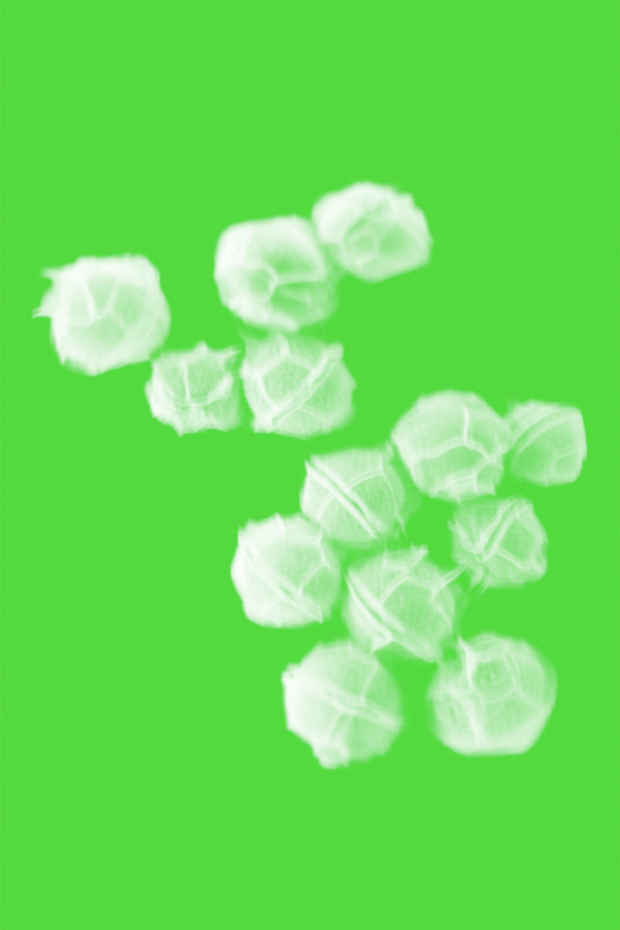Susanne M. Winterling “Empathetic Vision, Dinos, and the Tamer of Horses”
Ludlow 38 / The Goethe-Institut New York

This event has ended.
MINI/Goethe-Institut Curatorial Residencies Ludlow 38 presents Susanne M. Winterling’s Empathetic Vision, Dinos, and the Tamer of Horses.
Susanne M. Winterling uses film, photography, architecture, and text to compose complex, abstract installational ensembles to explore the allegorical, cultural, and intersubjective dimensions of objects. Her recent artistic inquiries foreground, in particular, the entanglement of human subjectivity and technoscience, as well as the analysis of three- and two-dimensional spaces: in what ways do seemingly opposed phenomena such as touchscreen interfaces and ecological realities relate and frame our senses in relation to one another? How do new technologies affect notions of subjectivity and intersubjectivity? In what way does this entanglement of nature and technology enforce and question obligations to and reflections on our social structures?
Empathetic Vision, Dinos, and the Tamer of Horses is part of Winterling’s ongoing research on bioluminescence and immersion in different ecosystems, based in part on a collaboration with the organization Betalocal in Puerto Rico. The bays of the island form the natural habitat for bioluminescent plankton, called dinoflagollates, that release energy in the form of a radiant, greenish-blue light when touched or stimulated by the water flow. However, these giant living touchscreens, which enable the ultimate physical experience of immersion, are a precious and precarious form of life, dependent on various factors and reliant on a fragile and endangered ecosystem. Another ecological phenomenon of interest to Winterling is the fluorescent scorpion whose exoskeleton glows when exposed to ultraviolet light. Some theories suggest that the scorpion’s glow might be a giant light receptor, a full-body proto-eye that detects shadows cast by moonlight and starlight. UV light, maybe starlight, may get picked up by the scorpion’s nervous system as it seeks to distinguish shelter from open space. Immersion in the scorpion’s world confronts us with the insufficiency of our perceptual faculties and our limited understanding of nature, whose millennia-old phenomena and biodiversity we have at best identified, but can only comprehend in parts.
Whereas our own understanding of technosciences is often limited to their visual appearances or to their functionality for our own technology affiliated (re)production, Susanne M. Winterling chooses another approach: she explores technoscience through natural phenomena and questions narratives of technological progress, while at the same time highlighting the immeasurable advance of nature. Her scorpions create an awareness of the strongly fictitious elements of science, depicting presumably millennia-old realities as the most audacious sci-fi visions. With her exhibition, she plays with the sense of presence of virtual realities—namely the tension between vision as the sense through which the virtual can be registered, and touch as the sense that grounds the virtual image registered in physical and material realities.
Media
Schedule
from June 23, 2014 to July 27, 2014
Opening Reception on 2014-06-22 from 18:00 to 20:00